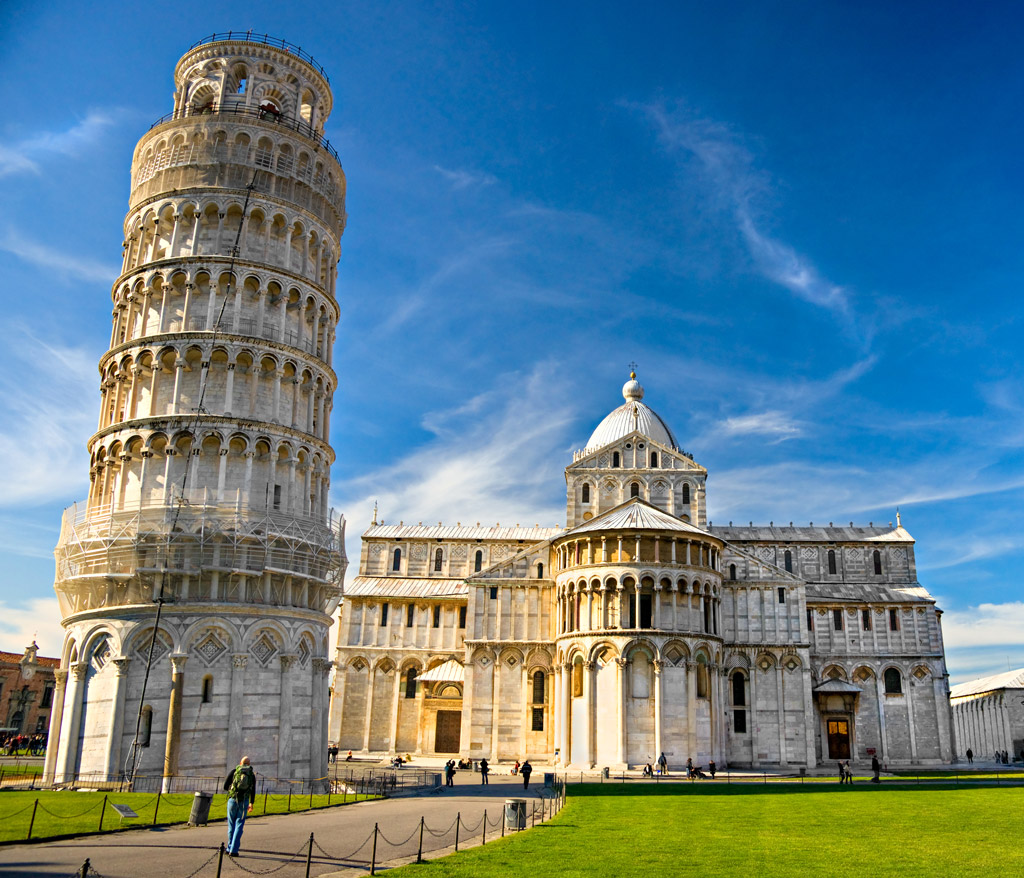What is romanesque architecture? When, where and how did romanesque style architecture emerge? What are the romanesque architecture characteristics and examples? Here is romanesque period architecture from A to Z and world’s most famous romanesque buildings:
Contents
What is Romanesque Architecture?
The origin of the word Romanesque is the word “Romanesque” in English. Romanesque means “from Romans”, “descendant of Romans”. This architectural style is called “Norman architectural style” in England and “Romanesque architecture” in Europe. The term Romanesque, which was first used in a letter written by archaeologist Charles de Gerville on December 18, 1818, is used for different branches of art as well as architecture. In this article, we will examine the details of Romanesque architecture, one of the most important building blocks of the pre Gothic architecture.
Note: Don’t forget to read our article on architectural history from prehistory to the present!
When and Where Did Romanesque Style Architecture Emerge?
Various sources for the beginning date of Romanesque architecture have pointed to different periods over a wide period of time, from the 6th century to the 10th century. However, the common belief about its beginning is that it started with the Normans who conquered England after the Battle of Hastings in 1066. It is stated that the first known structure of this style, which is a mixture of Western Roman architecture and Byzantine architecture, is the White Tower (Tower of London) in London, built by William The Conqueror. However, there are some sources that show France as the place where Romanesque architecture started intensely.
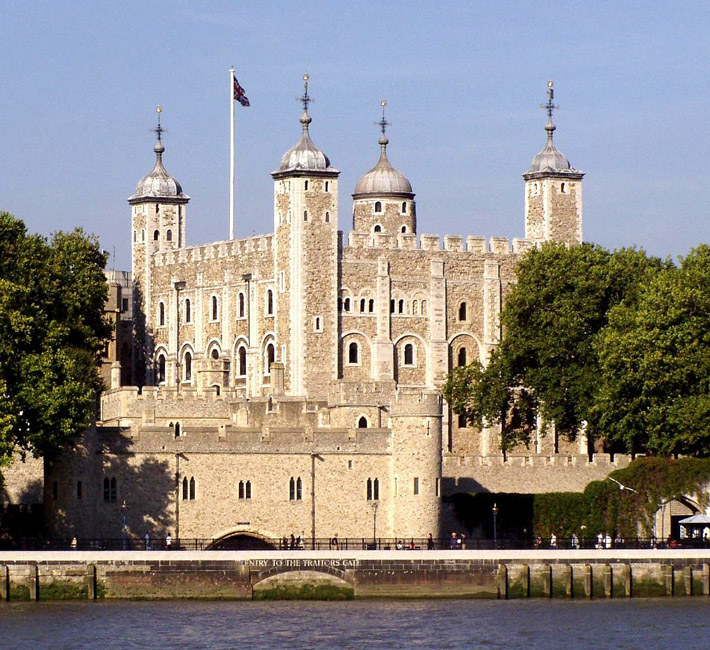
Romanesque architectural style can be seen in monasteries, churches and chateaux built in Europe during this period. Although there are different information about its beginning, what is certain is that Romanesque architecture ended with the emergence of Gothic architecture in the 12th century. Romanesque architecture is recorded as the first architectural style to spread all over Europe – although there are regional differences.
Why and How Did It Appear?
In an important part of history, empires were founded, ruled or collapsed on the basis of religion and belief. The Europe of the 10th century was also experiencing a period when religion was very influential on societies. Many people traveled long distances, visiting pilgrimage sites, praying and worshiping the saints. In addition, the belief that holy relics had the power to work miracles was very common at that time.
Today, one of the most well-known pilgrimage routes in Europe and the world, St. Points such as James Road, Spanish for “Camino de Santiago” meaning “Santiago Road” were gathering quite large crowds at that time as well. It was during this period that the existing basilicas began to be insufficient for the growing crowd. New and larger churches began to be built to gather the visitors, who increased with the spread of religion, in larger places of worship. Very large vaults were used in the construction of the churches, which were planned as large Latin pilgrims, and stone was used instead of wood in the roof architecture. In order to support these roofs, walls of enormous strength were planned according to the conditions of the period, and the basic features of Romanesque architecture began to form on this occasion.
How Did Romanesque Style Architecture Spread?
Major movements were generally influenced by the specific variables of their era. The main reasons for the rapid spread of the Romanesque architectural style can also be examined on the basis of the influence of the period in which it is located. The reasons behind the rapid spread of this architectural movement all over Europe;
- The end of the barbarian invasion, which was common at that time,
- Partition of Cordoba,
- Thanks to the peace environment that dominated the Christian world, the increase in trade and the cities that developed in parallel with it,
- The development of the feudal system and the increase in the need for people to serve in the castles,
- Religious rules become more known and widespread,
- The rapid increase in the number of people using the ways of the cross,
- The Crusades.

What are Romanesque Architecture Characteristics?
The feeling that any structure planned in the Romanesque style – religious buildings, castles or towers – evokes at first glance is power and extreme solidity. The basilical plan with multiple naves and transepts is the most common form of this architectural style. In Romanesque churches, the connection between the middle nave and the side naves is provided by round arches based on massive pillars. Cross vaults resembling sliced domes cover the naves, where arches and rectangular sections are formed.
The main romanesque architecture characteristics are;
- Each building has a clearly definable architectural form,
- Symmetrical and simple planning of buildings,
- Using stone and brick as building material,
- Preferring heavy stone roofs instead of wooden roofs,
- Using thick and high walls to support the roof
- The use of a Western Roman style round arch,
- Creating both support for the building and a visual effect with thick, heavy and decorative columns,
- The use of large stone vaults,
- Preferring large entrance doors,
- Small, narrow and few windows (walls must be solid due to roof weight)
- Constructing large bell towers instead of Byzantine domes,
- Church plan in the form of a Latin pilgrimage. (The apse at the end of the pilgrimage is the most important part of the churches; the round structure here represents God, and the angular parts represent man.)
What are the Differences Between Romanesque and Gothic Architecture?
- Romanesque architecture has large interior spaces, large cylindrical vaults, thick walls, arched doors and small windows. The priority in Gothic architecture is to create a visual splendor, the use of colors and spaciousness.
- Romanesque architecture was the first architectural movement that managed to spread almost all over Europe. Gothic architecture is an architectural movement that comes after Romanesque.
- In Romanesque architecture, cathedrals are wider but lower than Gothic architectural structures, as no special architectural techniques have been developed to support the weight of the walls. Gothic cathedrals, on the other hand, are generally the highest and most magnificent structures of the city, due to the philosophy they applied for the spread of religion.
- Romanesque buildings have heavy and thick walls with large fragments due to pure technical inadequacies. To relieve the load of the walls and the dome, supporting legs (struts) are used. It is quite difficult to make windows, as the outer walls are based on buttresses. Therefore, the windows are usually made in the higher parts of the building, their dimensions are quite small and their frames are thick. These windows naturally transform spaces into gloomy structures with little light.
- Flying buttresses were discovered during the Gothic architectural era. Thanks to this technical development, the skeleton of the structures was examined and the possibility of making large windows emerged. The heavenly-themed church buildings are illuminated with plenty of light, and the interiors have become much more colorful and spacious thanks to the colored stained glass windows used in the windows.
- Gothic architectural structures have an impressive atmosphere stretching to the sky, ornate round windows on the towers attract attention. However, most of the Romanesque architectural structures, excluding religious buildings, have blind towers without windows, since they are also used for defense purposes.
Romanesque Architecture Examples from Europe:
Romanesque Buildings in Italy:
The Romanesque architectural movement showed its influence in a wide region in Italy. There are many examples with the characteristics of this architectural movement in the Lombardi region. It should be noted that the world-famous work of this architecture, the Pisa cathedral and the Pisa tower attached to it, are also in Italy.

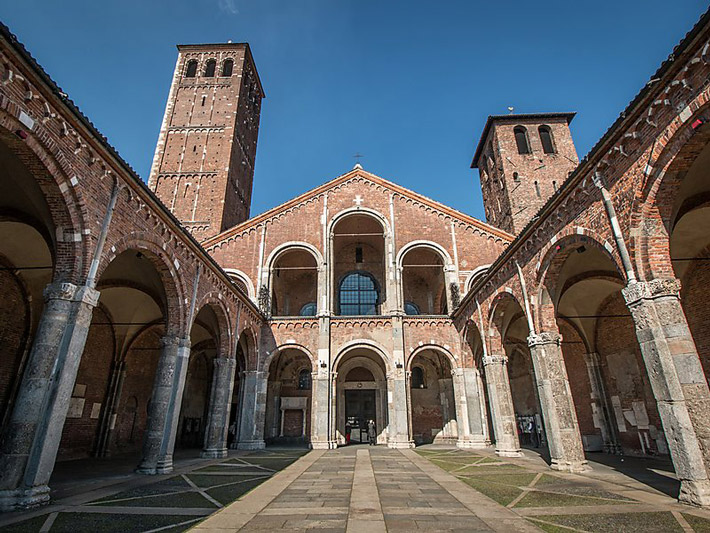
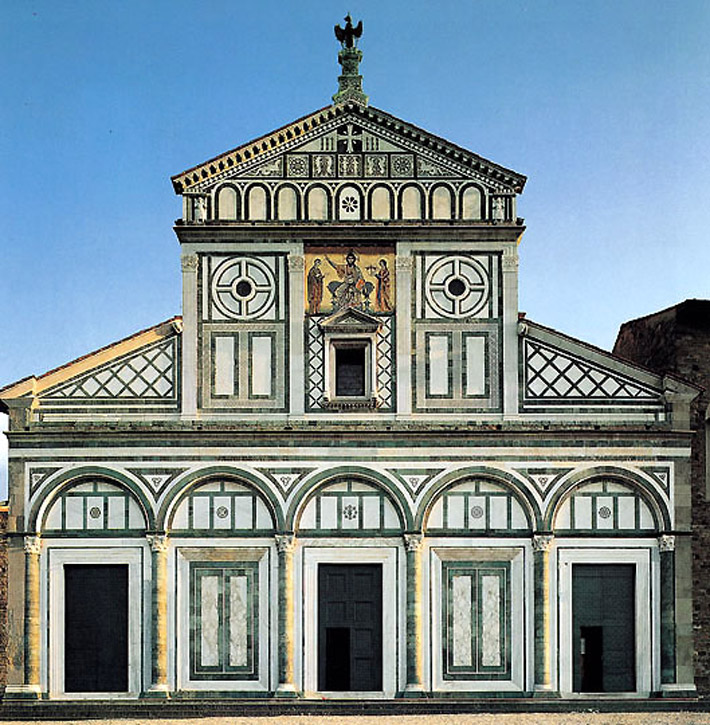

France:
France is considered one of the places where Romanesque architecture began. It is stated that the current spread from here through the pilgrimage routes. Especially the Santiago pilgrimage route is one of the most popular points in this regard. Different vault structures are one of the important details of French romanesque. Arched entrances decorated with pointed domes are other reflections of the style here. Some of Romanesque architecture examples found in France:


Germany:
Romanesque-style churches in Germany were built on a large scale and high. Numerous tower-style structures have given churches a more elegant appearance, adding color to the city skyline. Abscess formation at both ends is another characteristic of Romanesque buildings in Germany.
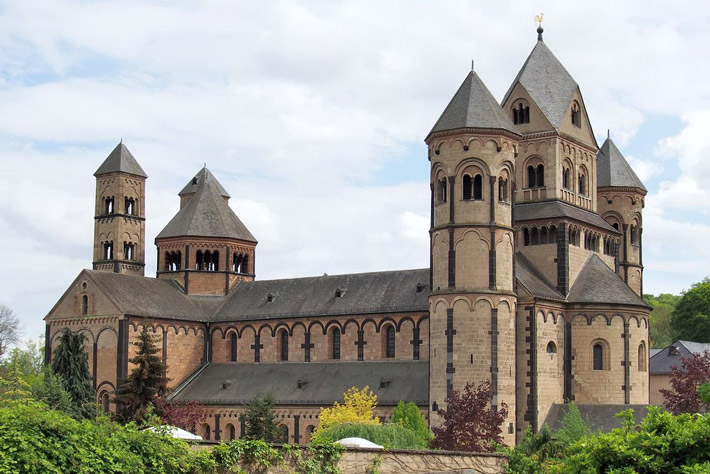
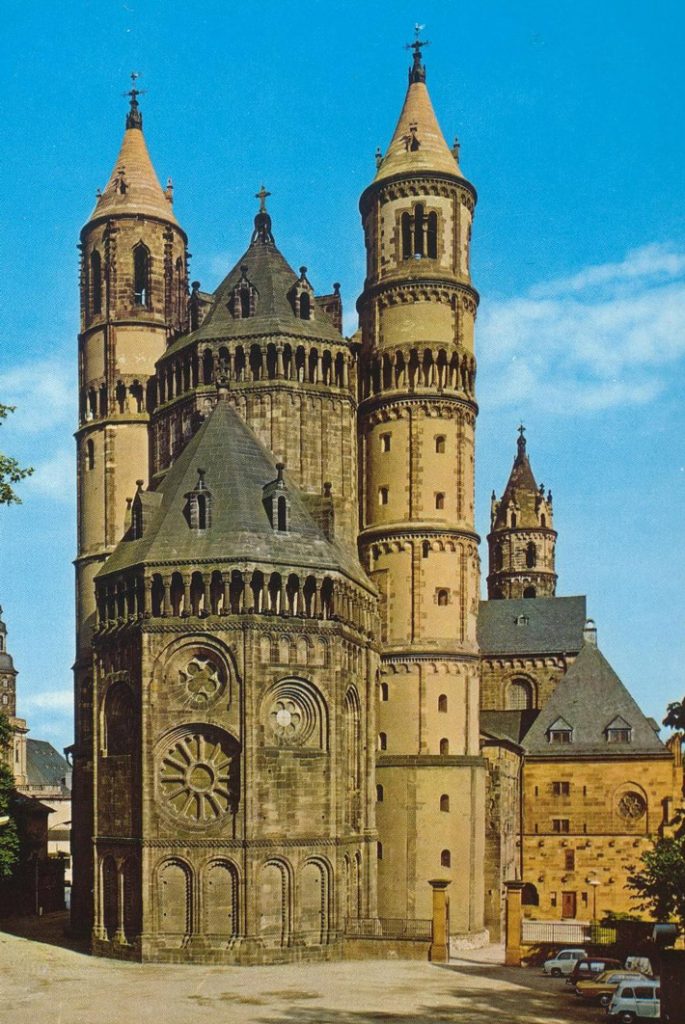
Spain:
In the 11th century, there was a great French domination in Spain. For this reason, it was the Catalonia region that was first introduced to Romanesque architecture in Spain. Later, with the effect of pilgrimage routes, Romanesque architecture spread all over Spain. The most important Romanesque building in Spain is the ‘Santiago De Compostela’ cathedral.
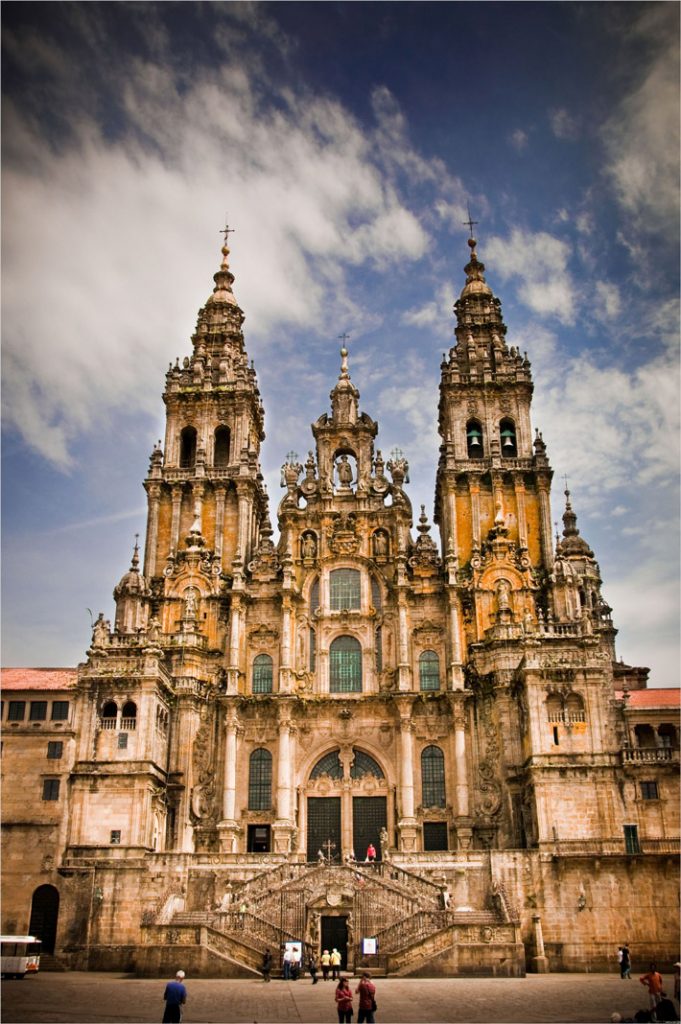
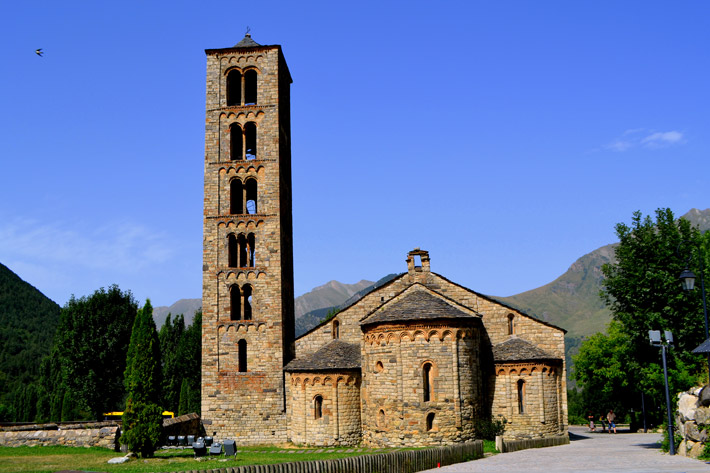

England:
The majority of buildings in England before the 10th century were wooden. Stone buildings that could be built in small sizes were very difficult to construct for that period. With the Normans dominating the region; The Norman Romanesque style began to show itself throughout England as of the 11th century. The arched, narrow and long structures reinforced with heavy great walls are reflections of the style in England. The Tower of London, which has survived for centuries and is one of the most touristic structures in London today, is one of the best-known works of Romanesque architecture.
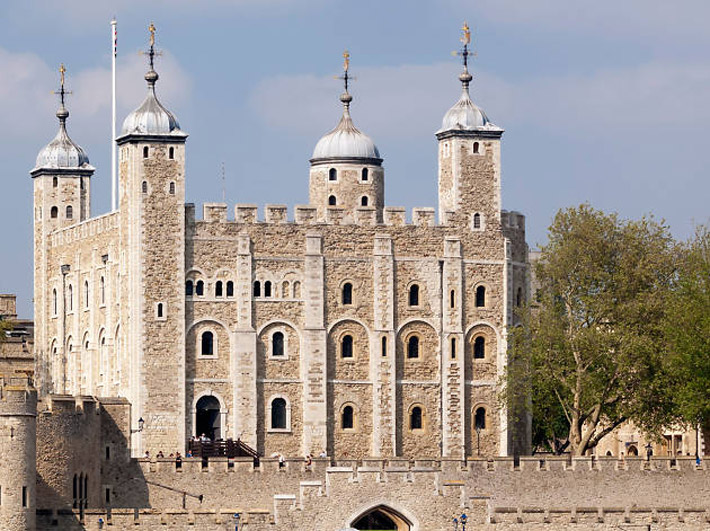
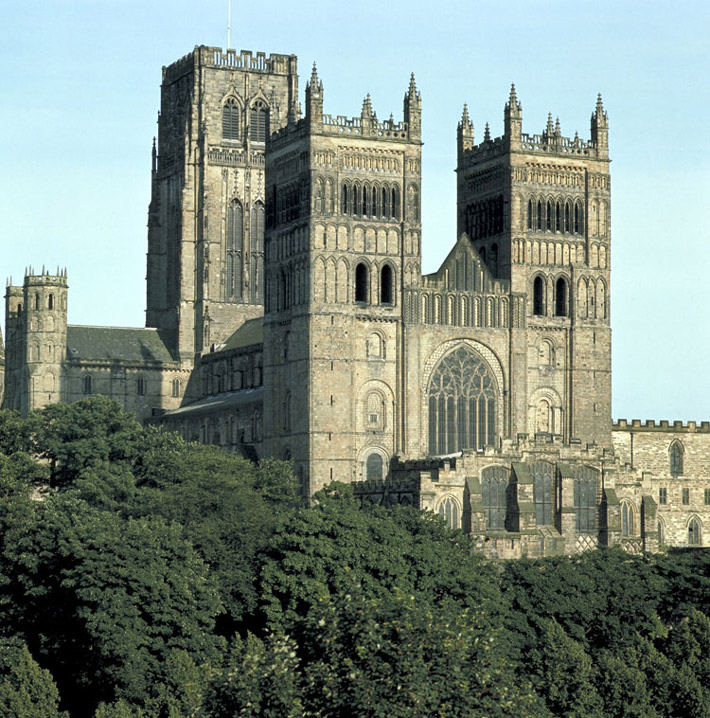
In this article, we tried to briefly answer the questions of ‘What is romanesque architecture‘ and ‘What are Romanesque architecture characteristics‘. Don’t forget to visit our homepage for inspiration on different topics related to interior design & architecture! 🙂

